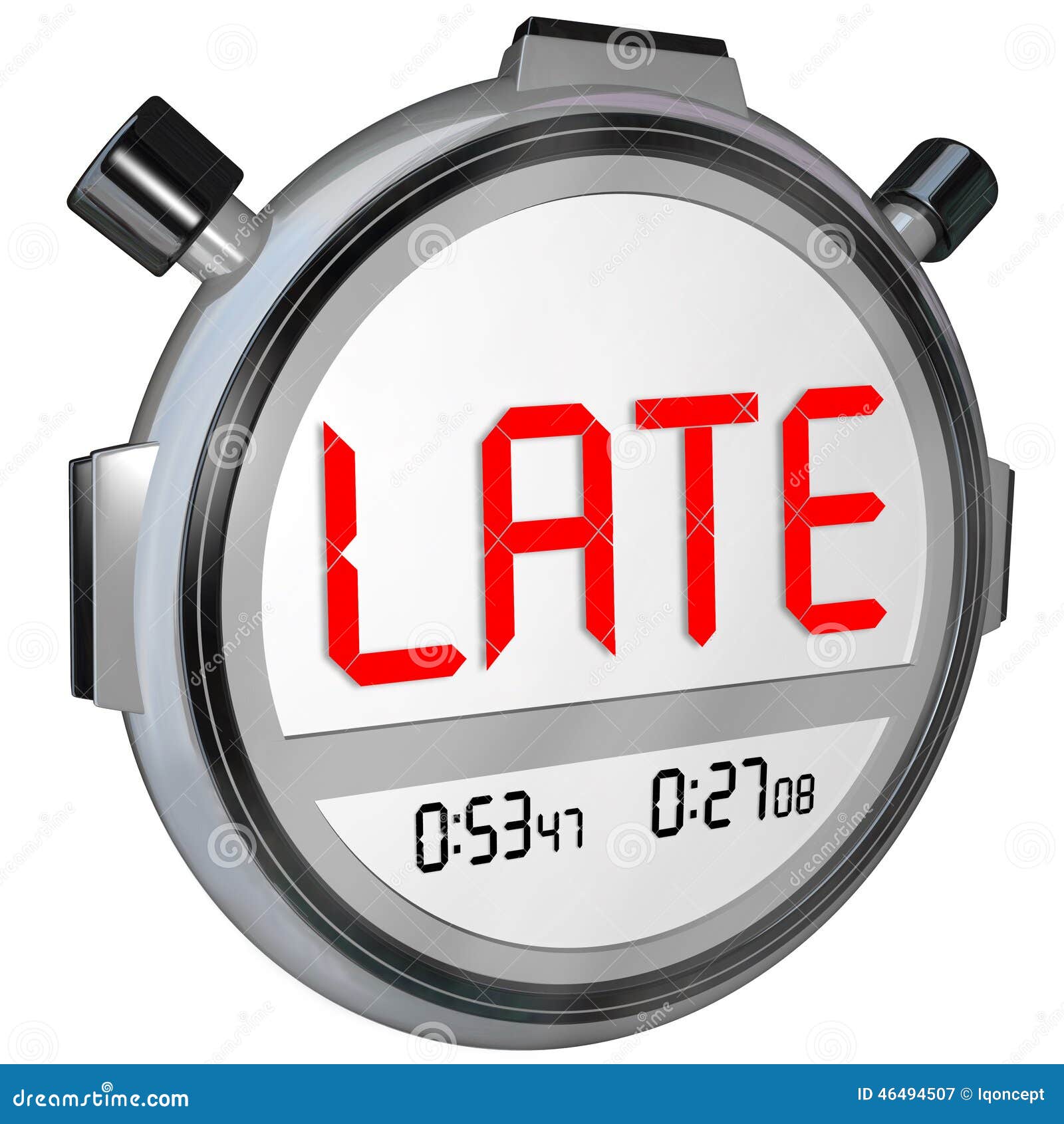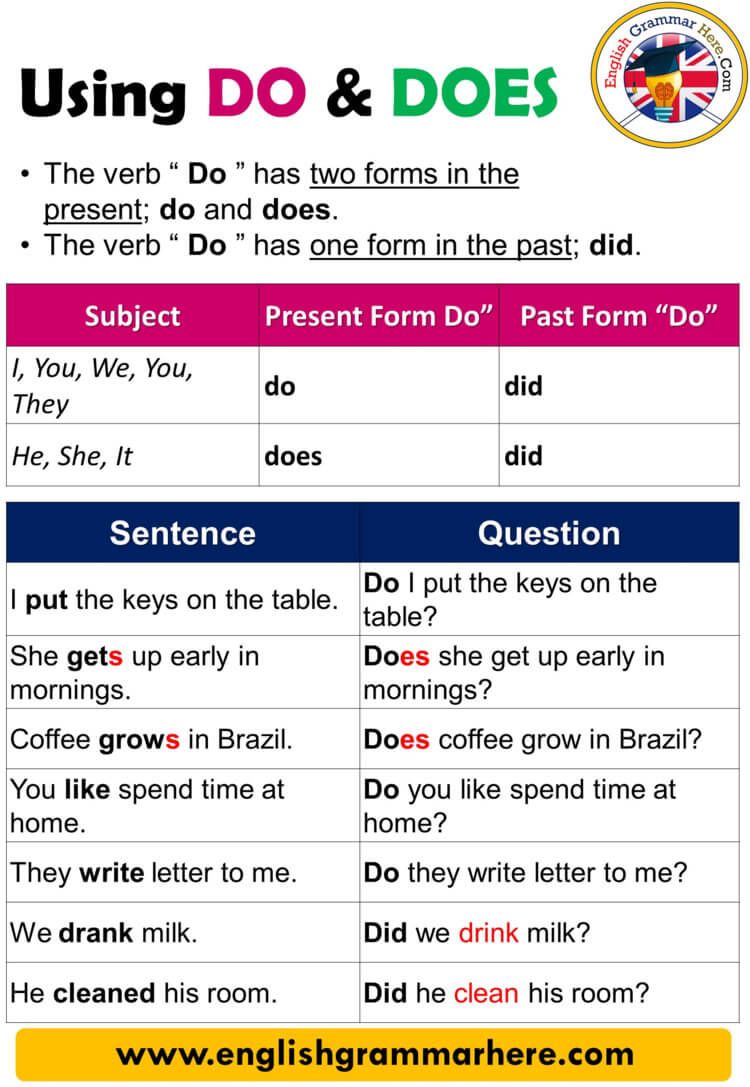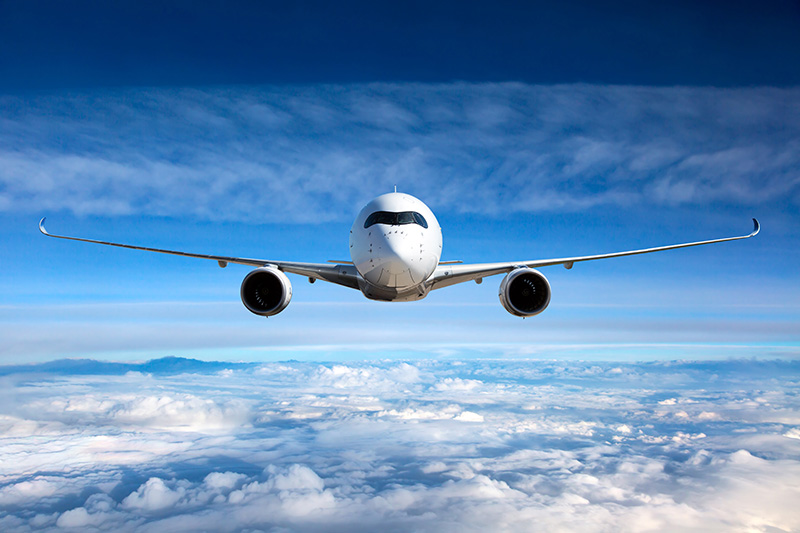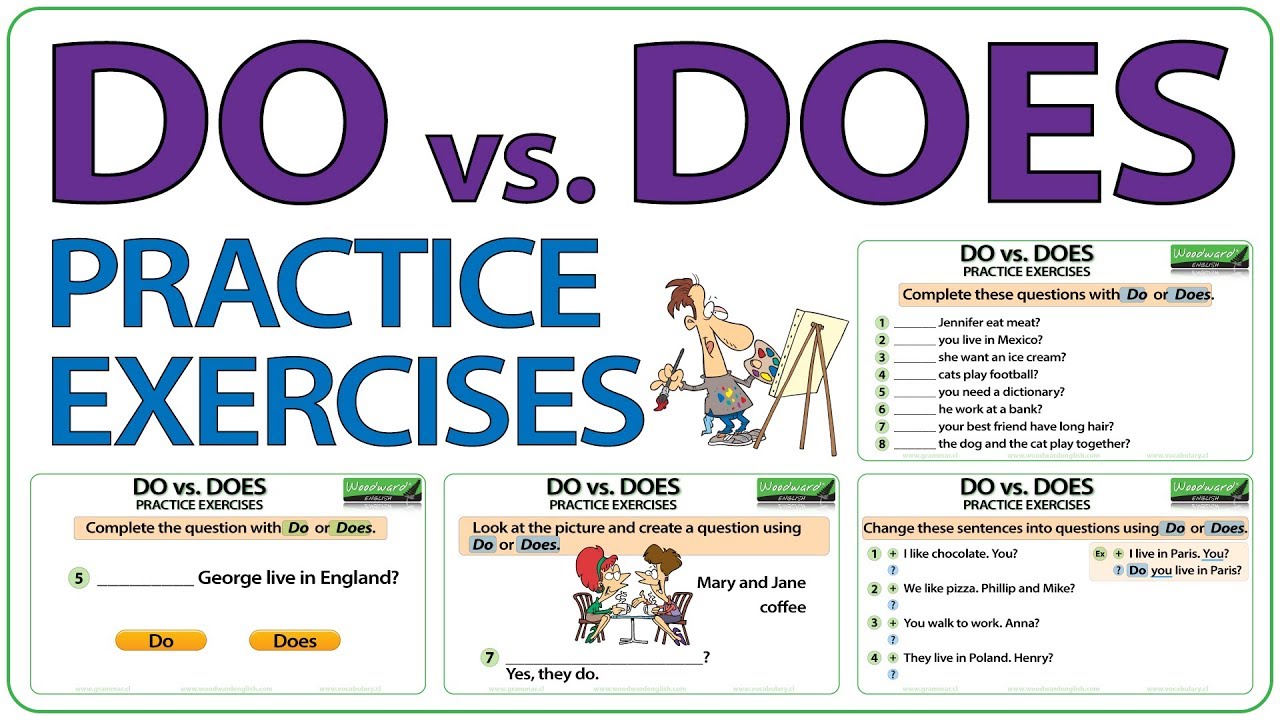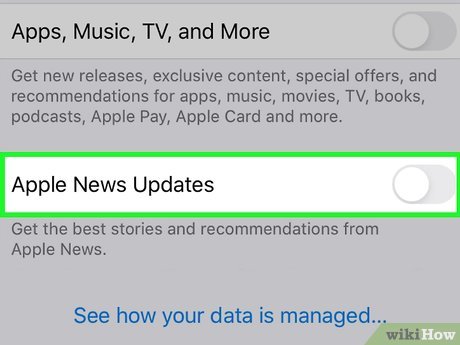Ground Transportation: The Complete Guide to Land-Based Travel Options
What’s ground transportation?
Ground transportation encompass all forms of travel that occur on land surfaces. Unlike air or water transportation, ground transport systems use roads, railways, and other land base infrastructure to move people and goods from one location to another. These systems form the backbone of local, regional, and national mobility networks, play a crucial role in economic development and social connectivity.

Source: tourismteacher.com
The scope of ground transportation is extensive, range from personal vehicles to mass transit systems. Each mode serve specific purposes and offer unique advantages depend on factors like distance, cost, convenience, and environmental impact.
Major types of ground transportation
Road transportation
Road transportation represent the well-nigh common form of ground travel, utilize networks of streets, highways, and expressways.
Personal vehicles
Cars, motorcycles, and bicycles provide flexible, on demand transportation options. Personal vehicles offer door to door convenience and schedule flexibility that other modes can not match. Yet, they besides contribute importantly to traffic congestion, pollution, and require substantial infrastructure investment in roads and parking facilities.
Buses and coaches
Buses serve as the workhorses of public transportation in urban areas. City buses operate on fix routes with regular stops, provide affordable transportation for daily commuters. Intercity coaches offer longer distance travel between metropolitan areas, typically with fewer stops and more amenities than local buses.
The advantages of bus transportation include:
- Cost efficiency for passengers
- Reduced traffic congestion when wide adopt
- Lower emissions per passenger compare to individual vehicles
- Accessibility for those without personal transportation
Taxis and ride-sharing services
Traditional taxis and modern ride-share platforms like Uber and Lyft provide on demand transportation services. These options blend the convenience of personal vehicles with the accessibility of public transportation. Ride-sharing has revolutionized urban mobility by utilize smartphone technology to connect passengers with nearby drivers, much at competitive prices compare to traditional taxi services.
Rail transportation
Rail systems offer efficient mass transit options for both urban and long distance travel.
Urban rail systems
Metropolitan areas worldwide rely on various rail base transit options:
- Subways / metros underground rail systems that provide rapid transit in dumbly populate urban centers, avoid street level congestion
- Light rail modern tram systems that oftentimes share roadways with other vehicles while offer higher capacity than buses
- Commuter rail train services connect suburbs with city centers, mainly serve daily commuters
Urban rail systems excel at move large numbers of passengers expeditiously, especially during peak travel hours. They reduce surface congestion and typically produce fewer emissions per passenger than road base alternatives.
Intercity and high speed rail
Long distance rail services connect cities and regions across countries and continents. Traditional intercity trains provide an alternative to drive or fly for medium distance journeys. High speed rail systems, operate at speeds of 125 220 mph (200 350 km / h ) compete efficaciously with air travel for journeys of 100 500 miles while offer several advantages:
- City center to city center service, eliminate airport transfers
- Reduced security and boarding times
- Greater comfort with more spacious seating
- Importantly lower carbon emissions than air travel
Countries like Japan, France, china, and Spain have developed extensive high speed rail networks that form integral parts of their national transportation strategies.
Specialized ground transportation
Shuttle services
Shuttle services provide schedule transportation between specific locations. Common examples include airport shuttles connect terminals with hotels, parking facilities, or city centers. Corporate and university campuses oftentimes operate shuttle systems to transport employees or students between buildings or to nearby transit hubs.
Limousines and chauffeured vehicles
Premium ground transportation options include limousines and other chauffeur vehicles. These services emphasize comfort, professionalism, and status. They’re normally used for business travel, special events, and luxury tourism.
Micromobility options
Recent years have seen the rise of micromobility solutions — small, lightweight vehicles operate at low speeds. Electric scooters, share bicycles, and other personal mobility devices have become progressively common in urban environments. These options address th” last mile” problem by provide convenient transportation for short distances that might be impractical for larger vehicles or walk.
Ground transportation infrastructure
The effectiveness of ground transportation depend intemperately on underlie infrastructure systems.
Road networks
Road infrastructure include local streets, arterial roads, highways, and expressways. The hierarchy of road types serve different purposes:
- Local roads provide access to residential and commercial properties
- Collector roads gather traffic from local streets and channel it to arterial roads
- Arterial roads carry significant traffic volumes between major points
- Highways and expressways facilitate high speed, long distance travel with limited access points
Support infrastructure include bridges, tunnels, traffic signals, and safety features like guardrails and lighting systems. Parking facilities represent another crucial component, especially in urban areas where space is limited.
Rail infrastructure
Rail systems require substantial fix infrastructure, include:
- Track networks with signal systems
- Stations and terminals
- Maintenance facilities
- Power distribution systems (for electric railways )
Modern rail infrastructure progressively incorporate advanced technologies for traffic management, passenger information, and safety systems. High speed rail require specialized infrastructure with precise engineering tolerances to enable safe operation at elevated speeds.
Intermodal facilities
Efficient transportation systems rely on smooth connections between different modes. Intermodal hubs like transit centers facilitate transfers between buses, trains, and other services. These facilities oftentimes include amenities like waiting areas, ticket services, retail options, and information systems to enhance the passenger experience.
Economic importance of ground transportation
Commercial transportation
Ground transportation form the foundation of supply chain logistics. Trucks move roughly 70 % of all freight in the United States, connect manufacturers, distributors, retailers, and consumers. Rail freight complement trucking for bulk commodities and containerized cargo, offer cost advantages for long distance shipments.
The commercial transportation sector generates significant employment across various roles:
- Drivers and operators
- Logistics planners and managers
- Maintenance and repair technicians
- Infrastructure construction and maintenance workers
Public transit economics
Public transportation systems generate economic benefits beyond direct revenue from fares. These include:
- Reduced congestion costs for the broader economy
- Increase property values near transit stations
- Improved access to employment opportunities
- Reduced household transportation expenses
- Economic development around transit corridors
Studies systematically show that investments in public transportation infrastructure yield positive economic returns through these indirect benefits.
Environmental considerations
Ground transportation importantly impact the environment through various mechanisms.
Emissions and air quality
Transportation account for roughly 29 % of greenhouse gas emissions in the United States, with ground transportation represent the majority of this share. Vehicle emissions besides contribute to local air quality problems through the release of particulate matter, nitrogen oxides, and other pollutants.
Different ground transportation modes vary substantially in their environmental impact:
- Single occupancy conventional vehicles produce the highest emissions per passenger-mile
- Buses with high ridership considerably reduce per person emissions
- Rail systems, especially when electrified, offer the lowest emissions among motorized options
- Non motorized transportation like cycling and walk produce zero operational emissions
Sustainable transportation solutions
The transportation sector is actively pursued sustainability through various approaches:
- Vehicle electrification electric vehicles eliminate tailpipe emissions and can reduce overall emissions when power by clean electricity
- Alternative fuels biofuels, hydrogen, and natural gas offer lower emission alternatives to conventional petroleum fuels
- Improved public transit expand and enhance mass transit reduce overall vehicle miles travel
- Transit orient development urban planning that concentrate development around transit hubs reduce transportation needs
Technology and future trends
Ground transportation is experience rapid technological evolution that promise to transform mobility.
Autonomous vehicles
Self drive technology continue to advance, with potential applications across various ground transportation modes. Autonomous vehicles may finally revolutionize personal transportation, taxi services, and freight movement. Benefits could include improve safety, increase accessibility, and more efficient use of road infrastructure through coordinate vehicle movements.
Mobility as a service (mmass)
The mass concept envisions integrate platforms that combine various transportation options into seamless user experiences. Quite than own vehicles, consumers would purchase mobility packages or pay as you go services that provide access to multiple transportation modes through unified booking and payment systems.
Smart infrastructure
Connected infrastructure technologies enable more efficient transportation management:

Source: ladingcargo.com
- Intelligent traffic signals that adapt to real time conditions
- Smart parking systems that guide drivers to available spaces
- Connected vehicle infrastructure that enable communication between vehicles and roadway systems
- Predictive maintenance systems for transportation infrastructure
Challenges in ground transportation
Congestion
Traffic congestion remain a persistent challenge in urban areas worldwide. The economic costs of congestion include waste time, increase fuel consumption, and reduce productivity. Approaches to manage congestion include:
- Expand transportation capacity through new infrastructure
- Implement demand management strategies like congestion pricing
- Promote alternative work arrangements like telecommute
- Improve public transportation options
Infrastructure maintenance
Age transportation infrastructure present significant challenges in many regions. Deferred maintenance lead to deteriorate service quality, increase operating costs, and potential safety hazards. Sustainable funding mechanisms for ongoing maintenance represent a critical policy challenge.
Equity and accessibility
Transportation systems must serve diverse populations with varying needs and abilities. Ensure equitable access require address barriers like:
- Geographic coverage gaps in transportation networks
- Affordability challenges for lower income users
- Physical accessibility for people with disabilities
- Service quality disparities between different communities
Choose the right ground transportation option
Select appropriate ground transportation depend on various factors:
Travel distance
Different transportation modes excel at different distances:
- Walking and micromobility options work comfortably for trips under 1 2 miles
- Urban public transit serve short to medium distances within metropolitan areas
- Personal vehicles and intercity buses accommodate medium distance travel
- High speed rail provide efficient service for 100 500 mile journeys
Cost considerations
Transportation costs include both direct expenses and indirect factors:
- Direct costs like fares, fuel, and parking
- Vehicle ownership expenses include purchase, insurance, and maintenance
- Time costs base on journey duration and reliability
- Environmental and social costs that may not be reflected in market prices
Convenience and flexibility
Convenience factors influence transportation choices:
- Schedule flexibility and frequency of service
- Door to door capabilities versus need for connections
- Ability to carry luggage or other items
- Comfort during the journey
Conclusion
Ground transportation form the foundation of modern mobility systems, encompass diverse modes from walk to high speed rail. The evolution of ground transportation continue through technological innovation, infrastructure development, and change social preferences.
The future of ground transportation will potential will feature will increase integration between modes, greater sustainability through electrification and alternative fuels, and will enhance user experiences through digital platforms. As communities address challenges like congestion, emissions, and accessibility, ground transportation systems will continue will adapt to meet will evolve needs while will support economic development and quality of life.
MORE FROM oncecoupon.com

